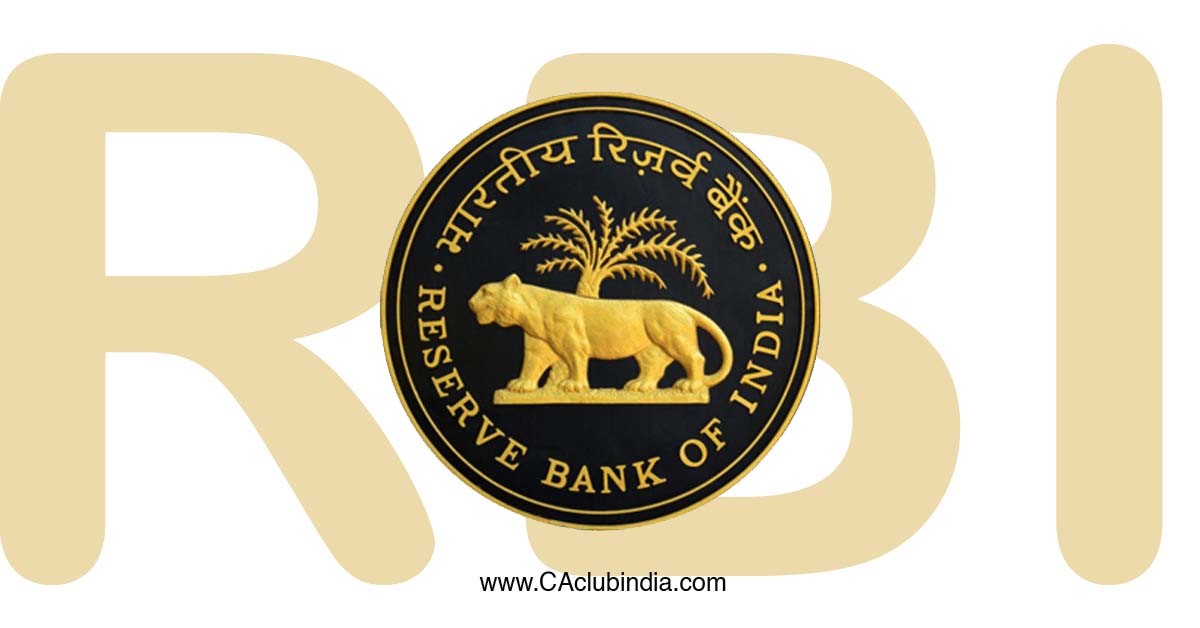In a significant move to enhance India's financial ecosystem, the Reserve Bank of India (RBI) has introduced six key regulatory proposals aimed at improving risk management, customer experience, and digital innovation across banks and fintech companies. These announcements were made by RBI Governor Sanjay Malhotra following the conclusion of the Monetary Policy Committee's three-day meeting.
These reforms come alongside a 25 basis point reduction in the repo rate, bringing it down to 6%, with the objective of supporting economic growth through improved credit access and liquidity.

Highlights of RBI's Six New Proposals
Measures for Banks and Regulated Lenders
1. Market-Based Securitisation of Stressed Assets
To diversify resolution mechanisms beyond Asset Reconstruction Companies (ARCs), RBI proposes a market-driven framework for securitising stressed assets. This approach is expected to improve risk distribution among investors and offer financial institutions a more flexible exit route from non-performing assets.
Background: The proposal builds on the January 2023 discussion paper and incorporates industry feedback.
2. Broadened Co-Lending Framework
Co-lending, previously allowed only between banks and NBFCs for priority sector lending, will now be expanded to all regulated entities and loan categories. This shift supports the growing trend of collaborative lending models and will help expand credit outreach to underserved segments.
3. Harmonised Regulations for Gold-Backed Loans
Recognizing the widespread use of gold as collateral, RBI will introduce uniform norms for all entities offering loans against gold jewellery and ornaments. This will ensure consistency in customer treatment, risk assessment, and asset valuation practices.
4. Consolidated Guidelines on Non-Fund Based Credit Facilities
To enhance transparency and ease of implementation, RBI intends to streamline regulations related to instruments such as bank guarantees, letters of credit, and co-acceptances. These revised norms will also factor in updated provisions for partial credit enhancements, promoting more robust infrastructure financing.
Measures for Fintechs and Digital Payment Systems
5. Flexible UPI Transaction Limits
RBI has proposed giving the National Payments Corporation of India (NPCI) the authority to revise transaction limits for UPI, based on evolving use cases and stakeholder input. While the ₹1 lakh cap on peer-to-peer transfers will remain, this change allows banks to set their own internal limits within the NPCI-approved threshold, enhancing flexibility in digital payments.
6. Open, Theme-Neutral Regulatory Sandbox
To promote continuous innovation in financial technology, RBI will revamp its Regulatory Sandbox program. It will now follow an 'On Tap' and 'Theme Neutral' approach, allowing eligible fintechs to apply and test their innovations at any time, without waiting for specific cohorts or themes.
What Comes Next?
RBI will publish draft guidelines for public consultation on each of these proposals, allowing stakeholders to provide feedback before final rules are implemented.





 CAclubindia
CAclubindia

